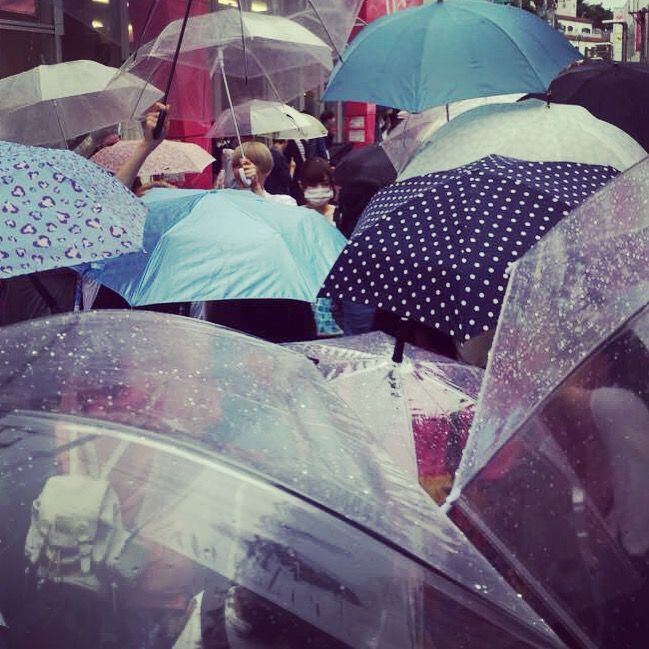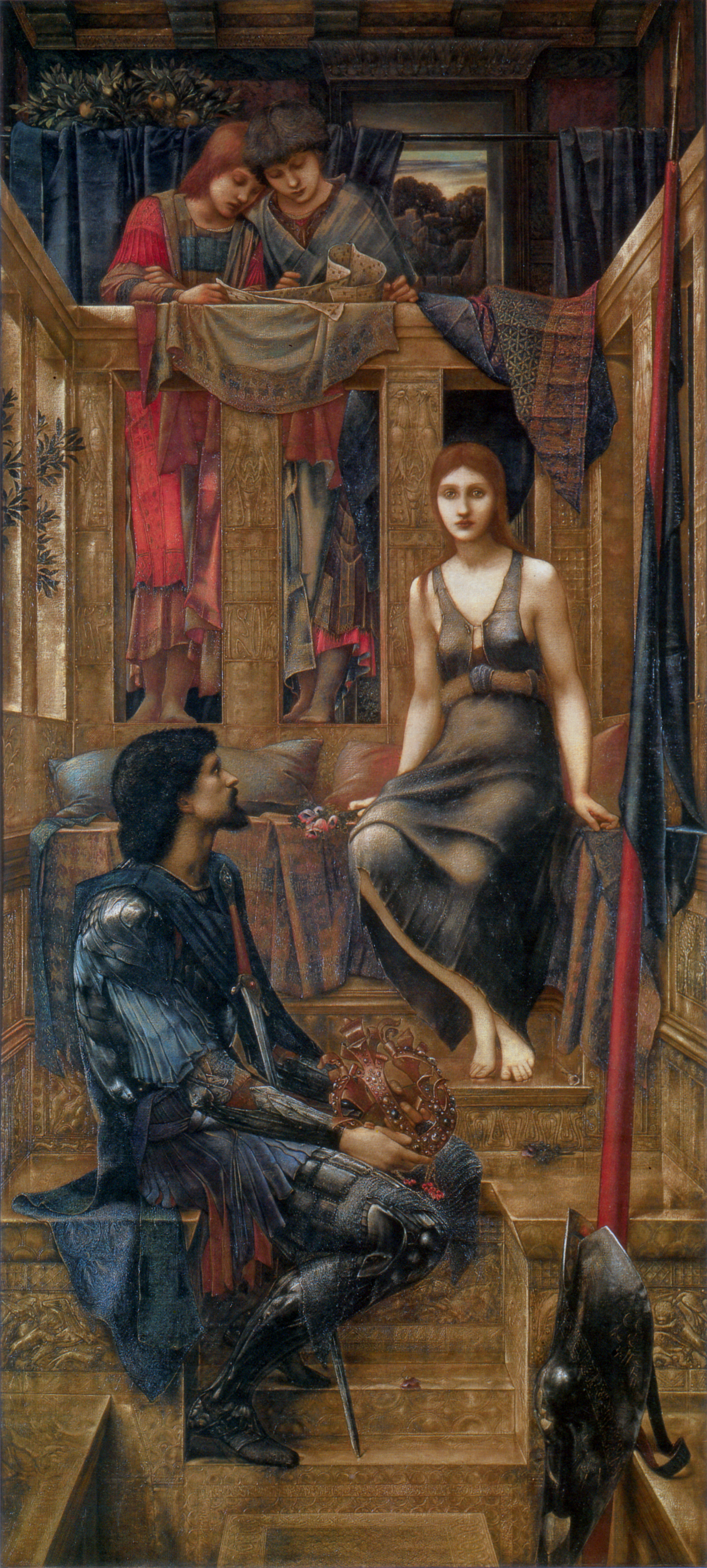Like poor Hachikō
Abandoned umbrellas wait
for absent masters

Something I’ve noticed is there’s an awful lot of abandoned umbrellas around Tokyo, left in metro stations, hanging on the backs of chairs, in umbrella stands outside of closed shops. People forget them, but then everyone is so polite, no one picks them up to use them. They just apparently stay there, waiting to be reunited with their owners, who will probably not return to collect them.
It reminded me of Hachiko, the poor dog who greeted his master, a university professor, at the station after work every day. One day, his master didn’t return, he had suddenly died that day, but the dog diligently waited for him to get off the train, turning up at the precise time every day for the rest of his life, which was nearly ten more years. After initially being shooed away every day, someone found out (through following the dog home and asking the professor’s former gardener) who the dog belonged to. He told him about the sudden death of their neighbour, and slowly, through word of mouth and then through newspaper articles, Hachiko became a revered celebrity, loved by commuters who would feed and pet him, teaching us the value of friendship and loyalty.
There is a statue of Hachiko at Shibuya station, his body is stuffed and presented in one of the Tokyo museums too. The story just breaks my heart. I’m a cat person, and love their fickle ways, but how can anyone not be moved by this tale of unconditional love.
I spent a day with a Japanese friend, who showed us around Tokyo. It was raining. We passed through one of the busiest stations in the world, Shinjuku, which at peak times servers over 3.5 million passengers per day, making it easily the world’s busiest station. There were a few abandoned umbrellas there too…
But rather than take a picture of an abandoned umbrella, which I couldn’t make look interesting, today’s pic is of people holding up their umbrellas in the cool and quirky district of Harajuku.


)
